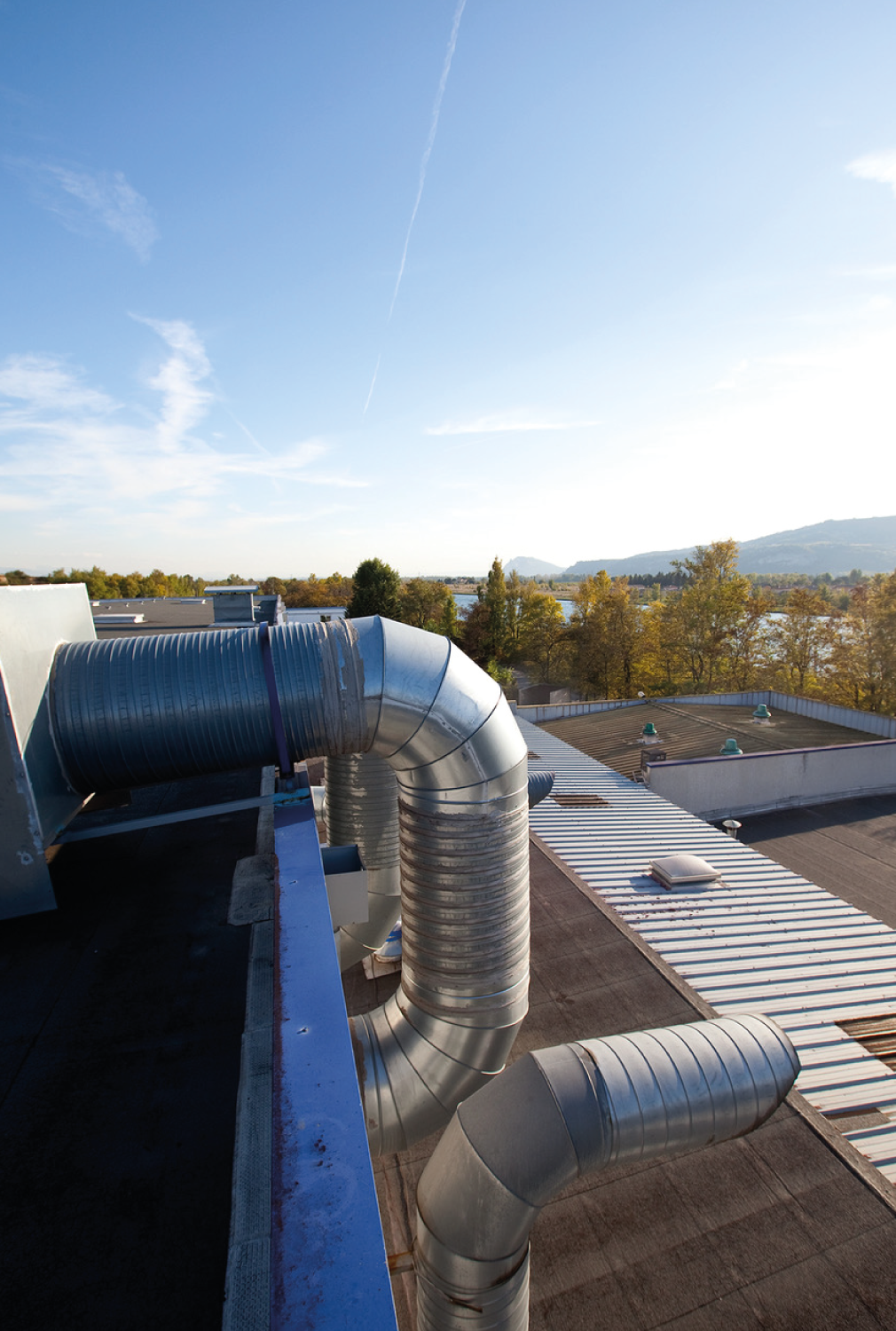Decoration on green basis
Interview with Bruno Pierrain, owner and CEO of PRAD, in INDUSTRIES COSMÉTIQUES INTERNATIONAL ISSUE (2023-2024)
How did you approach eco-responsibility at Prad?
"The approach that led us to set up our environmental policy is based above all on personal convictions. Basically, we didn’t buy a business to pollute! Prad is located on a natural location, on the sides of the Rhône River, in France. We wanted to protect nature and the people who work in the plant. The metalization is Prad’s core business. It was obtained by two technologies: a vacuum process and a liquid process. We have logically given up the first, which consumes too much energy. As for the liquid metalization process, it complied with the required legal minimum. At the time of the takeover, we decided to exceed these standards to produce in an ecological way."
What strategy did you adopt?
"The analysis of the product life cycle led us to decide to decorate containers that are exclusively made of glass or aluminum which can be infinitely recycled, and to define how we were going to decorate them: processes and raw materials such as varnishes, lacquers, metal, treatments surface, etc. We spoke a lot with our French suppliers to find solutions."
What are the key points to work on?
"We considered the four key factors that go into a production process: air, noise, water, earth. We have collaborated with the Dreal (French institution that helps company to improve sustainability in their process) which indicated the minimum legal standards: emissions to air and water, personal safety, noise. We renewed our prefectural authorization to operate. That was the starting point."
How did you address the energy file?
"Behind energy, we must understand electricity, gas, compressed air of electrical origin. To produce, Prad needs electricity to heat up the baking ovens, but also to cool during metalization. The production of compressed air produces heat, etc. So we worked with a company to review all energy flows. For example, we recover the hot air produced by compressors and by ovens to heat offices. The production of cold for certain operations also produces heat which is reinjected into the ovens. We created a synergy between the refrigeration unit, the heating system and the compressors, thus limiting energy consumption. We have also homogenized the entire lighting system and installed more than 6,000 LEDs on the site, with a “light on demand” principle, in the presence of people only."
You mentioned water, air: which measures have been taken?
"We use a little water for the metalization. We therefore worked with the local authorities to determine the characteristics of the water that could be unloaded: temperature, composition, acidity, etc. We then set up an integrated treatment station, before discharge, knowing that the water is also treated when it arrives at the plant. Everything is perfectly channeled through 3 independent networks, without leakage, preserving the soil.
As for the emissions of VOCs in the air, they decreased by 2/3, thanks to the spraying on demand, upon detection of the bottles/containers, to a maximum filtration, to the reduction of the use of solvents to the maximum and especially the use of water-soluble varnishes (98% of varnishes used at Prad)."
How do brands react to your approach?
"We love brands. It is in our culture, having myself worked for a long time within the Pernod-Ricard group, we pay attention to their values. Taking into account respect for the environment is now essential for them and their consumers.
We appreciate that they have interest in our results and our daily involvement. We cooperate closely with them by providing access to our test laboratories, our production tools, our site. They are always welcome. They know our line of conduct and that our environmental commitments are strong and kept."
